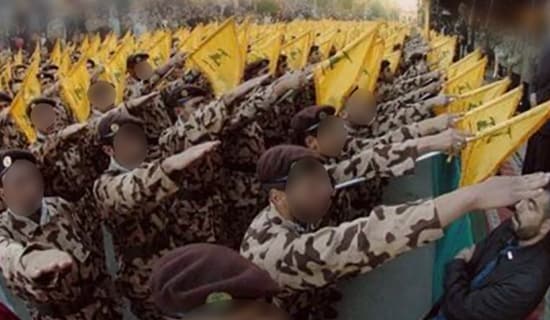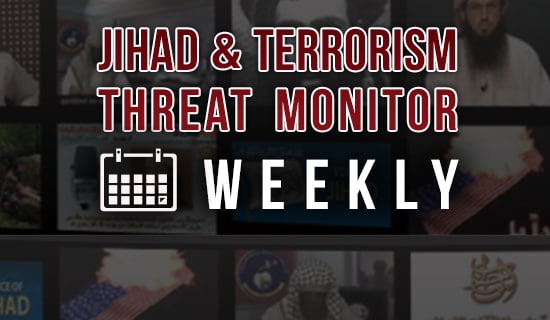The official Russian narrative on the war in Ukraine has shifted. Ukraine itself has been somewhat deemphasized and the struggle is framed as a war between the "collective West" as represented by NATO. This has the advantage of explaining Russia's lack of military success, because it is fighting a more powerful opponent. However, it also raises the issue of whether Russia can hope to prevail against NATO.
US Defense Secretary Lloyd Austin answered this question with a firm no in his appearance before a House Appropriations Defense Subcommittee: "As you look at Putin's calculus, my view - and I'm sure the chairman has his own view - but my view is that Russia doesn't want to take on the NATO alliance" Austin told the House members.
The military balance weighed heavily against Russia: "He's got a number of troops arrayed in the region right now, on the Ukrainian border. And he had some in Belarus and still has some there...but there are 1.9 million forces in NATO"
NATO had a qualitative advantage as well:
'NATO has the most advanced capabilities of any alliance in the wold, in terms of aircraft, ships, types of weaponry that the ground forces use...So, this is a fight that he really doesn't want to have."[1]
Days before Austin's briefing Russian military expert Yevgeny Linin in an interview with Moskovskiy Komsomolets (MK) essentially concurred with Austin after demonstrating that in a category by category comparison, Russia was outgunned by NATO. Linin, however, could not state the obvious in his conclusion that ran counter to his previous analysis, because following his own logic, he would have had to reach Austin's conclusion and contradict Vladimir Putin, who assured Russia that victory was assured..
The interview with Linin follows below:[2]

NATO vs. Russia (Source: Army-news.org)
"It is not the Armed Forces of Ukraine that are confronting Russia, in the course of conducting a special military operation in defense of the Donetsk and Lugansk Peoples Republics' population but the united forces of NATO. This is the assessment of a series of military experts. Although the leaders of the USA and NATO frequently announce that they are not fighting and do not intend to fight with Russia, the threat of a direct military clash cannot be excluded. MK asked a military expert to evaluate the military potential of a likely adversary.
"Military expert, Yevgeny Linin is convinced that one should never underestimate a potential enemy."
"[Linin] The US fleet, for instance, can be considered the most powerful in the world, and rightly so, it has ten nuclear-powered aircraft carriers and is deployed in all oceans, as well as in the Middle East.
"Largely thanks to the US Navy, the US financial system remains stable over the course of past decades, as aircraft carriers control not only the major sea lanes, but also the price of oil.
"By comparison, the Russian Navy has only one aircraft-carrying cruiser – the 'Admiral Kuznetsov' – that is now undergoing repairs.
The US Navy’s so-called order of battle includes one or more aircraft carriers, escort ships such as Ticonderoga-class missile cruisers, equipped with long-range cruise missiles. The ships within the order of battle are integrated with the 'Aegis' radar target detection and tracking system.
"The Arleigh Burke-class destroyers are, in terms of their parameters, probably, the most advanced warships, equipped with the most effective missile weapons. They too belong to the global “Aegis” missile defense system.
"Carrier strike groups also include submarines tasked with protecting aircraft carriers. The US has strategic submarines in service that solely patrol the waters of the world ocean and are equipped with long-range ballistic missiles, such as the “Minuteman III.”
"The US Navy also includes the Marine Corps, which is arguably one of the most effective combat regiments, capable of operating around the world, at a good speed.
What about combat aviation?
"The US strategic aviation consists mainly from the B-52s planes. It’s a heavy bomber that has been in service since the 50s and 60s. It is regularly modernized and can carry both nuclear and conventional bombs, as well as guided missiles for various purposes. They are mainly used for carpet bombings of enemy territory. We’ve witnessed the B-52s’ performance in Afghanistan, Iraq, and in almost any conflict, in which the US got involved in.
"The B-2 bombers are more modern jets designed in accordance with low radar stealth technology. These planes are very expensive. However, I’m questioning their effectiveness so far, especially against such adversaries as Russia and China. Because for all their advantages, they do not possess total 'invisibility.'
"Regarding fighter jets, the US is without a doubt the leader. The US Air Force has over 180 5th-generation F-22 fighters in service. No other country in the world has such a large number of similar aircraft.
"The F-35 is a 5th generation tactical fighter jet. They are supplied to various states. Their total number in NATO member-states is about 700 jets.
"So far, we’ve manufactured only a trial batch of our 5th generation jets, about ten Su-57s. The rest of the planes, though good, belong to the 4th++ generation. These are: the Su-30SM, Su-34, Su-35S.
"France does not lag far behind the US in terms of aviation technology.
"Considering the 'price vs. quality' criterion I can cite the French “Rafale” jets. They have a low radar signature, comparable to that of the F-35, but are cheaper to manufacture. Additionally, they have very powerful target detection and tracking systems, high-precision long-range missiles and sufficient range, although with suspended fuel tanks."
Is the US also in the lead in the field of UAV development?
"If you are asking about strike and reconnaissance UAVs, then once again the US occupies first place. The Predator and Raptor long-range reconnaissance UAVs can detect targets at various wavelength ranges.
"Their software uses elements of A.I., in other words the UAV’s computer summarizes all the intelligence in one recognizable picture, according to which the machine evaluates the situation and passes a decision to destroy the target with one or another weapon. The operator, based on the received data, has to simply confirm [the decision].
"What about us? - The Russian army has several thousand small reconnaissance UAVs. There are a small number of heavy reconnaissance Orion UAVs, reaching a weight of one ton. Mass production of these UAVs have begun in the Moscow Oblast.
"The famous Turkish Bayraktars have proved their effectiveness according to “price vs. quality” criterion. And we see that these UAVs were used in all the recent years' armed conflicts. The armies of the post-Soviet republics are quite familiar with them, as these drones are in service there, for instance in Kyrgyzstan, Azerbaijan and Ukraine. We can’t boast of such successes yet."
Assess the US and NATO capabilities in hybrid warfare, including information war.
"DDOS and hacker attacks, data theft and reprogramming [of data bases] are the methods actively used [in such a warfare]. Naturally the US, where the world’s IT giants are located, has almost inexhaustible capabilities in this area.
"This is also true of media space. The most powerful news resources, such as CNN, ABC, Fox News, are also headquartered in the US. The British Broadcasting Corporation 'BBC' is comparable to them in terms of media coverage and capabilities. The BBC is unique in that it creates educational and informative content.
"People, who consume this information don’t always realize that some of it is intended to impress certain associations upon them. The information is presented from such an angle that the person perceives it as the only true and correct one.
Does Russia have anything to counter the Western arsenal?
"Yes, of course. Over the recent years Russia has made serious progress in the production of high-precision arms. These are, for instance, the Kalibr missiles. There are undeniable breakthroughs in the development of hypersonic arms. I’m talking about the Zirkon and the Dagger missiles.
"To say nothing of our nuclear missile shield, which is capable of bringing any potential adversary to his senses and deterring him from rash actions.

Yevgeny Linin (Source: Glagolurfo.com)





